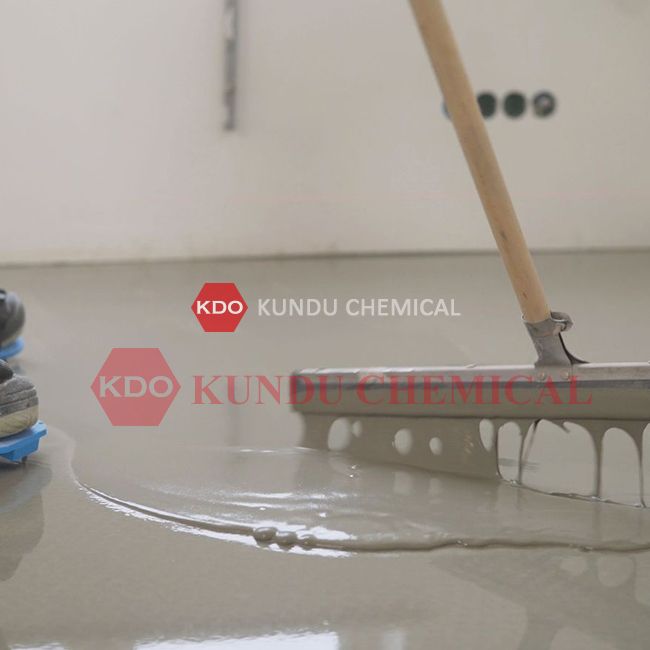Application Techniques for High Strength Cement Self-Leveling Compound
Welcome to the ultimate guide on high strength cement self-leveling compound! In this comprehensive article, we'll delve deep into everything you need to know about this revolutionary product, from its composition to application techniques, and benefits. Whether you're a seasoned contractor or a DIY enthusiast, mastering the art of self-leveling compound application will elevate your flooring projects to new heights of perfection. So, let's dive in!
What is High Strength Cement Self-Leveling Compound?
High strength cement self-leveling compound is a specialized flooring material designed to create smooth, level surfaces on various substrates. It consists of a blend of cement, aggregates, and other additives that enable it to flow smoothly and self-level when poured, resulting in a flat, even finish.

How Does High Strength Cement Self-Leveling Compound Work?
This compound works through a combination of gravity and capillary action. Once mixed with water to the specified consistency, it is poured onto the floor surface. Due to its low viscosity, the compound spreads effortlessly, seeking its own level and filling in low spots and depressions. As it dries, the compound cures into a hard, durable surface that is ready for further floor finishes.
Benefits of High Strength Cement Self-Leveling Compound
Flawless Finish: Achieve a perfectly level surface with minimal effort.
Time-Saving: Eliminate the need for extensive floor preparation, saving time and labor costs.
Versatility: Suitable for use on various substrates, including concrete, wood, and tile.
Durability: Creates a strong, resilient surface that can withstand heavy foot traffic and other loads.
Compatibility: Compatible with a wide range of floor coverings, including tile, hardwood, and carpet.
Cost-Effective: Offers a cost-effective solution for achieving professional-quality floors.
Application Techniques for High Strength Cement Self-Leveling Compound
Surface Preparation
Before applying the self-leveling compound, it's crucial to prepare the surface properly. This involves cleaning the substrate thoroughly to remove any dust, dirt, or debris. Additionally, any cracks or holes should be repaired, and a primer may be applied to promote adhesion.
Mixing and Pouring
Follow the manufacturer's instructions for mixing the compound, ensuring the correct water-to-powder ratio is maintained. Once mixed, pour the compound onto the prepared surface in a continuous stream, starting from the furthest corner of the room and working towards the exit.
Spreading and Smoothing
Using a gauge rake or squeegee, spread the compound evenly across the floor surface, working quickly to ensure uniform coverage. Once spread, use a smoothing tool or spiked roller to remove any air bubbles and achieve a smooth finish.
Drying and Curing
Allow the compound to dry and cure according to the manufacturer's recommendations before proceeding with any further floor finishes. This typically involves a curing period of 24-48 hours, depending on environmental conditions.
Conclusion
In conclusion, high strength gypsum self-leveling compound is a game-changer in the world of flooring, offering unparalleled levels of convenience, versatility, and durability. By following the proper application techniques and guidelines outlined in this article, you can achieve flawless floors that stand the test of time. So why wait? Elevate your flooring projects to new heights with high strength cement self-leveling compound today!
评论
发表评论